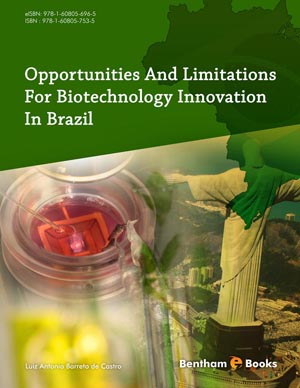Abstract
Plastid genetic engineering offers several advantages to plant biotechnologists over conventional nuclear transformation, including high transgene expression levels, lack of gene silencing and position effects. Besides these advantages, the technology can be also considered an environmentally friendly method of plant genetic engineering, because plastids are maternally inherited in most crops. In this chapter, we provide an overview of the technology development, including general (plastid genome, transcription-translation machineries, protein stability, etc.) and specific (vectors, transformation/selection/regeneration protocols) concepts. Since in recent years several studies highlighted the potential of plastid transformation for different purposes, examples of applications in genetic science and biotechnology are discussed.












